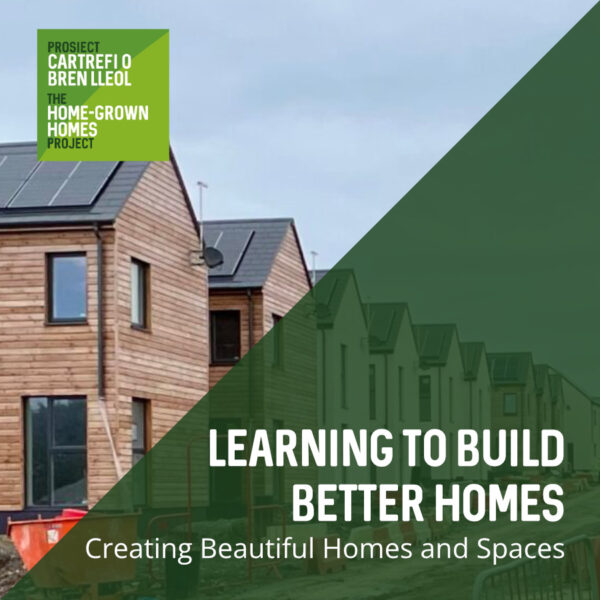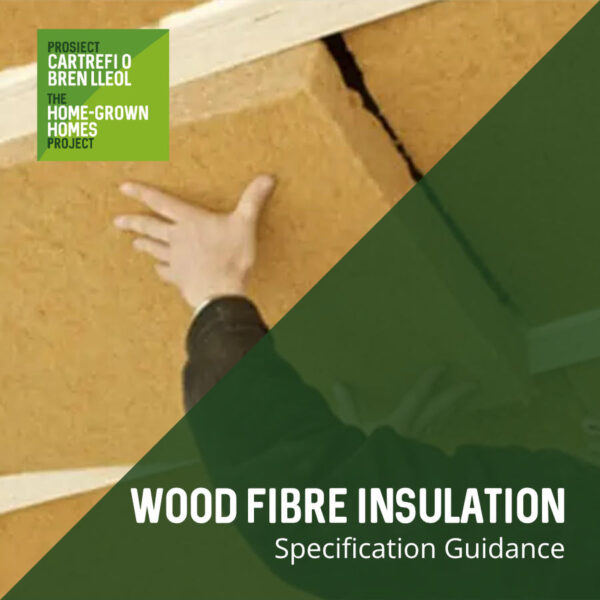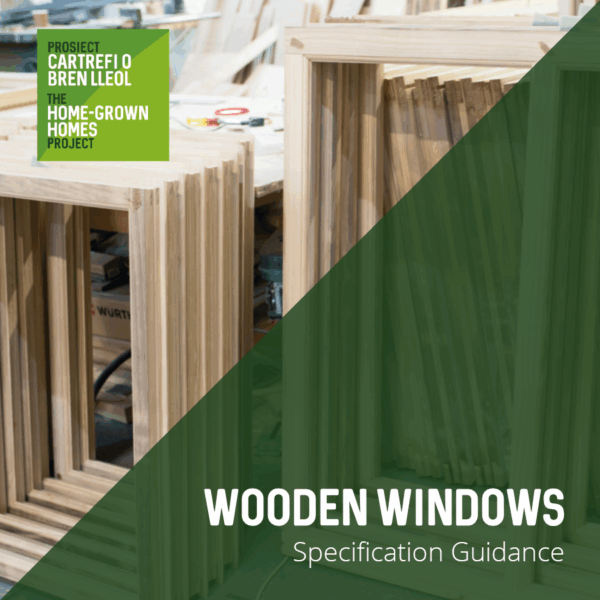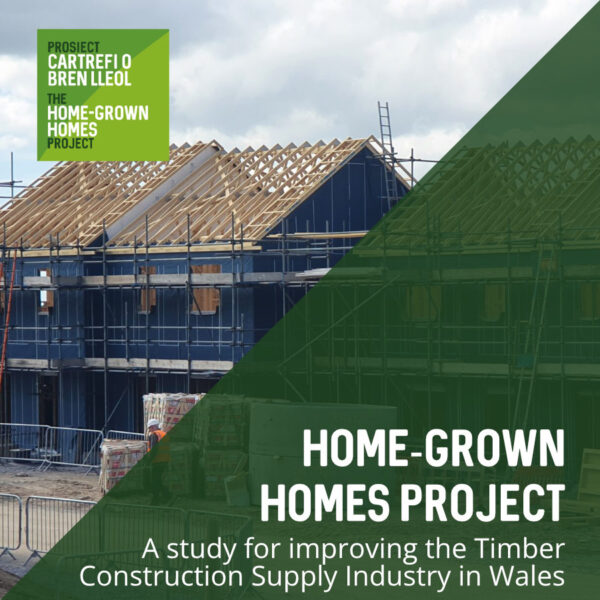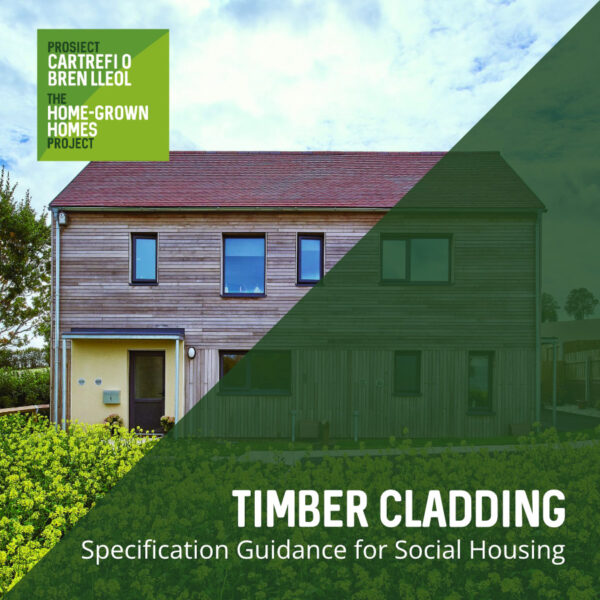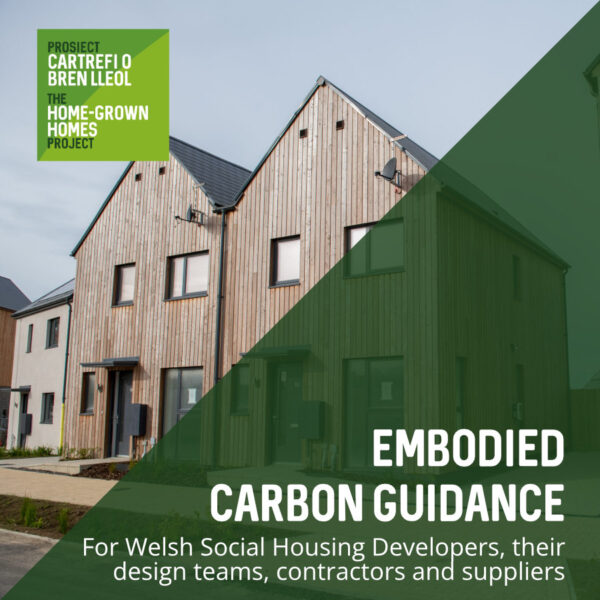Guidance
Since the formal end of the Home-Grown Homes Project in March we’ve been applying the learning from it with social landlords. We’re moving from research into implementation – inviting social landlords to identify projects we could support them on. We have also formed a community of practice for our member development teams which has so…
A building’s thermal performance is now as important an aspect of the building’s design and construction as its structure. Energy prices and climate change are often cited as the principal reasons for the increased energy and CO2 reduction standards required of our built environment. Less known is the fact that insulation can also play a major role in our health, safety, comfort and wellbeing.
Continue Reading Wood Fibre Insulation – Specification Guidance
Windows provide an outlook on the world. They help set the tone and character for a building and the area in which it stands. Windows define natural lighting levels and thermal comfort essential for the wellbeing of residents. They offer sound protection and keep homes safe from intrusion. Windows are an essential part of the…
Continue Reading Wooden Windows-Specification guidance for timber windows
The purpose of the Home-Grown Homes project has been to identify and test out interventions that could have a transformative impact on the Welsh timber construction supply chain and on the delivery of low carbon social housing in Wales. Housing, timber manufacturing and forestry are distinct areas of activity. This project is an exploration of…
New homes often fail to meet low-energy targets, and to satisfy residents with fundamental issues such as ease of use, summer comfort and energy costs. There is little Building Performance Evaluation (BPE) happening routinely on projects to close the performance gap. A step change is needed to transition to net zero carbon while making our…
Timber cladding has become increasingly popular, mainly for its sustainability credentials and low environmental impact: It has a low carbon footprint as it requires less energy to produce than any other construction material and helps lock carbon into the building fabric. It is made from renewable material – wood – and can be reused, recycled…
Continue Reading Timber Cladding—Specification Guidance for Social Housing
Making the right decisions for the benefit of a building’s long term performance and user experience can be compromised by cost, lack of experience, and poor understanding of timber frame construction. This guide aims to highlight some of the key points to consider along the pathway of designing, constructing and maintaining timber frame housing. These…
This guidance has been written for those wanting to both increase their knowledge of Embodied Carbon in the housing sector and to understand how to reduce it.
